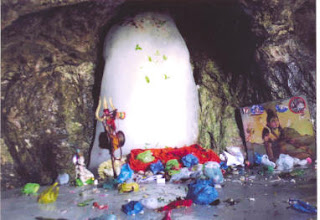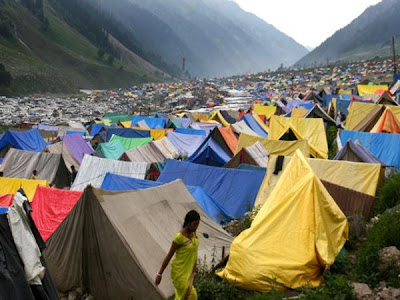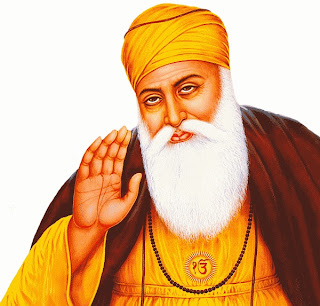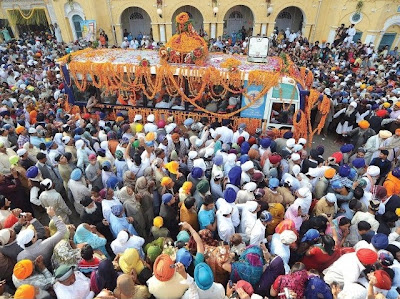The toughest Yatra of them all – the Amarnath Yatra – the Hindu Annual Pilgrimage of Lord ‘Shiva Linga’ is here, beckoning all the strong-willed on a spiritual journey all the way up to13,000 feet altitude to the 130-foot high Amarnath Cave where the ice Shiva Linga naturally forms every year. The Amarnath Cave is set amidst snowy Kashmiri mountains where the air loses its oxygen count at -50 Celsius.
Amarnath Yatra is open for 37 days in the year 2012 between June 25th and August 2nd . Online registrations and over the counter are open. On-spot registrations are also available.
Amarnath Yatra is open for 37 days in the year 2012 between June 25th and August 2nd . Online registrations and over the counter are open. On-spot registrations are also available.
Visiting the Amarnath Cave is practically an adventure in itself as it entails strenuous trekking - trails through challenging rocky, verdant and snowy mountainous terrain and camping in the mountain wilderness. Involving 50 kilometres of near-vertical mountain-climb and spanning 4 days (one way) is this mother-of-all-Yatras for Hindus all over the world.
The base camps for this Yatra are Chandanwari and Baltal. A view of Baltal base camp, 15 kms north of Sonamarg. It is one of the starting points for Hindu pilgrims who undertake the annual trek to Amarnath cave shrine.
Both these places are approached via Jammu. The routes being:
1. Jammu > Pahalgam (315 kms from Jammu to Pahalgam) > Chandanwari > Pissu Top > Sheshnag > Panchtarni > Amarnath Cave – 50 kms from Chandanwari to the Holy Cave.
2. Jammu > Udhampur > Patnitop > Kud > Ramban > Banihal > Qazigund > Anantnag > Srinagar > Baltal (414 kms from Jammu to Baltal) > Amarnath Cave – 14 kms from Baltal to the Holy Cave.
Pilgrims can also opt for Helicopter rides to complete this Yatra in a shorter span, which start at Pahalgam and at Baltal. Ponies are another alternative for people who can’t walk or fly in Helicopters., About 34,000 people from all over India and the world visited Amarnath Yatra in 2011 is the highest ever!
Jammu & Kashmir Tourism Department along with the Bhole Bhandari Charitable Trust are geared up for more visitors in 2012. Registration Counters have been increased from 149 to 274 counter and additional tent-accommodation facilities are being freely offered by Jammu & Kashmir Tourism Department, Bhole Bhandari Charitable Trust and many other non-Government Charitable Organizations. Helicopter fare from Pahalgam and Baltal to Amarnath Cave has been slashed by 40% in order to make it more convenient for aged pilgrims who are daring this Yatra. Security has been revved up along the route to make it naturally safe for the pilgrims.
The one thing that is reiterated as mandatory by the Shrine Board is a fitness test and a medical certificate issued by Registered Medical Practitioner for the pilgrim, without this, the pilgrim is not allowed on the Yatra as 107 pilgrims lost their lives due to Cardiac arrest on Amarnath Yatra in 2011 and the Shrine Board is concerned for the safety of the pilgrims.
Besides the Darshan of the Shiva Linga in Amarnath Cave, the amazing aspect of this Yatra is the route to the Holy Amarnath Cave which is awesome and overwhelming and gives a sample of the glorious Kashmir terrain. And reciting what my colleague recently taught me - Bol Har Har Mahadev!
Get booked cheap flights for your air travel on cheapoair.co.uk
Jammu & Kashmir Tourism Department along with the Bhole Bhandari Charitable Trust are geared up for more visitors in 2012. Registration Counters have been increased from 149 to 274 counter and additional tent-accommodation facilities are being freely offered by Jammu & Kashmir Tourism Department, Bhole Bhandari Charitable Trust and many other non-Government Charitable Organizations. Helicopter fare from Pahalgam and Baltal to Amarnath Cave has been slashed by 40% in order to make it more convenient for aged pilgrims who are daring this Yatra. Security has been revved up along the route to make it naturally safe for the pilgrims.
The one thing that is reiterated as mandatory by the Shrine Board is a fitness test and a medical certificate issued by Registered Medical Practitioner for the pilgrim, without this, the pilgrim is not allowed on the Yatra as 107 pilgrims lost their lives due to Cardiac arrest on Amarnath Yatra in 2011 and the Shrine Board is concerned for the safety of the pilgrims.
Besides the Darshan of the Shiva Linga in Amarnath Cave, the amazing aspect of this Yatra is the route to the Holy Amarnath Cave which is awesome and overwhelming and gives a sample of the glorious Kashmir terrain. And reciting what my colleague recently taught me - Bol Har Har Mahadev!
Get booked cheap flights for your air travel on cheapoair.co.uk




